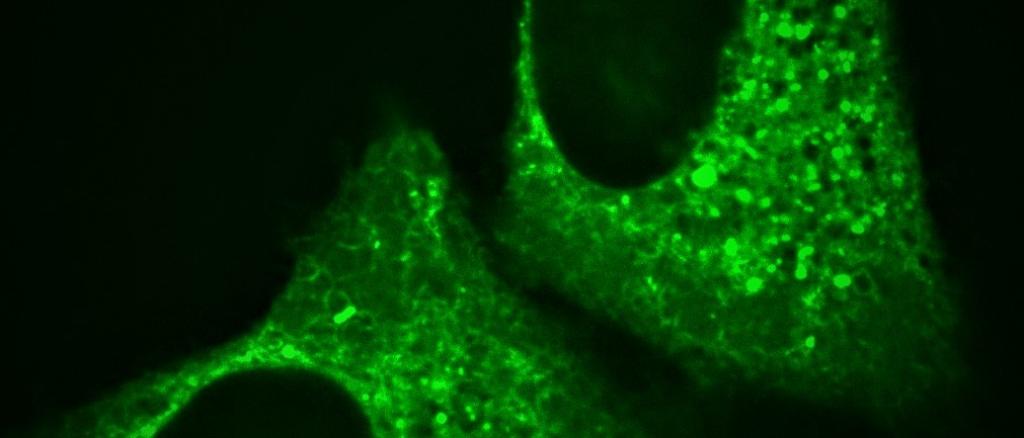Role, regulation and exploitation of Zinc finger Antiviral Protein and Regnase-1-like endonucleases in antiviral innate immunity

Genetic information of viruses, such as HIV, Influenza and SARS-CoV-2 is formed of RNA. During infection, cells use special proteins to recognize the viral RNA inside them and destroy it. This process limits viral infection and is an important part of the innate immunity. Zinc finger antiviral protein recognizes foreign RNA and recruits endonucleases to degrade it. Endonucleases can also act on their own, targeting cellular and viral RNAs. To prevent unnecessary damage of their own RNA, cells use a protein cutting enzyme MALT1. It cuts the endonucleases so they can no longer destroy RNAs. We want to understand how these endonucleases target viral and cellular RNAs and study if drugs inhibiting MALT1 can be used to boost antiviral effects of ZAP and endonucleases during viral infections.




